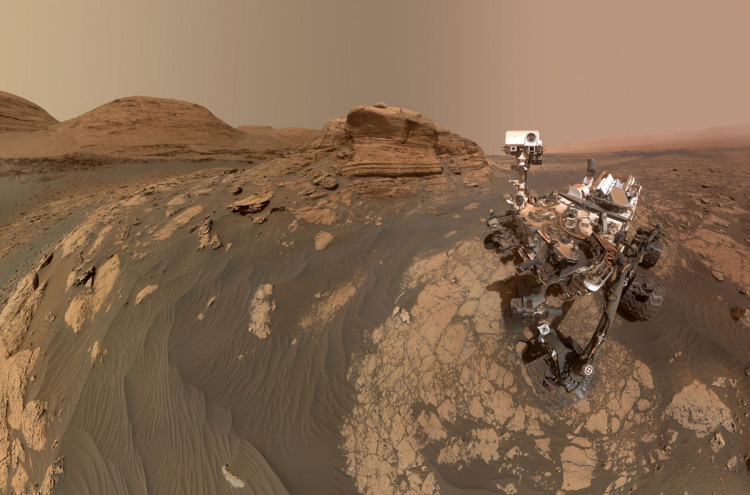NASA's Perseverance rover captured one of Mars's moons, Phobos, traveling all across Sun last week. The rover's Mastcam-Z cameras captured the 40-second eclipse. Because of the moon's size, it is only a partial solar eclipse.
While Phobos is the bigger of Mars' two moons, it is still quite small, with a diameter of 17 x 14 x 11 kilometers. Because of its small size, there will never be a total eclipse on Mars. Parts of the sun will always peek out from behind the shadows of Mars' moons, no matter what.
"I expected it to be fantastic, but I didn't anticipate it to be this amazing," said Rachel Howson of Malin Space Science Systems in San Diego, who controls the Mastcam-Z camera.
Although Perseverance offers lower-resolution thumbnails to give a taste of what's to come, Howson was taken aback when she received similar editions: "It feels like a birthday or holiday when they arrive." "
Mars' potato-shaped moon, Phobos, has crossed the face of the Sun, as photographed by NASA's Perseverance Mars rover. These discoveries will help scientists better understand the moon's orbit and how its gravity impacts the Martian surface, eventually altering the planet's crust and mantle.
This Phobos solar eclipse is also distinguished by its color. Mastcam-Z features a solar filter that reduces the amount of light, unlike eyeglasses. "You can see features in the structure of Phobos' shadow, like ridges and bumps on the moon's topography," Mark Lemmon, a planetary scientist at the Space Science Institute in Boulder, Colorado, who oversaw the majority of the Phobos studies by Mars rovers said.
"Sunspots are also seen." It's also amazing that you can watch the eclipse from Mars, just like the rover did.
Phobos' gravity produces minor tidal effects on Mars' interior as it rounds the planet, mildly deforming rock in the planet's crust and mantle. Phobos' orbit has been therefore steadily changing because of these causes. As a result, geophysicists may use the variations to learn more about the components that make up Mars' crust and mantle.
Because of its small size, Phobos will never be a total eclipse on Mars. Parts of the sun will always peek out from behind the shadows of Mars' moons, no matter what.
It is destined to collide with Mars in tens of millions of years, according to scientists. However, observations of eclipsed from the planet's surface over the past two decades have scientists and researchers a better grasp of Phobos' steady death spiral.
Check out the amazing footage of the eclipse below.





